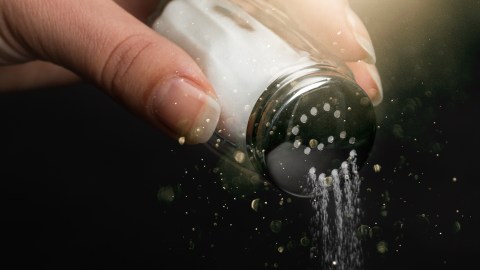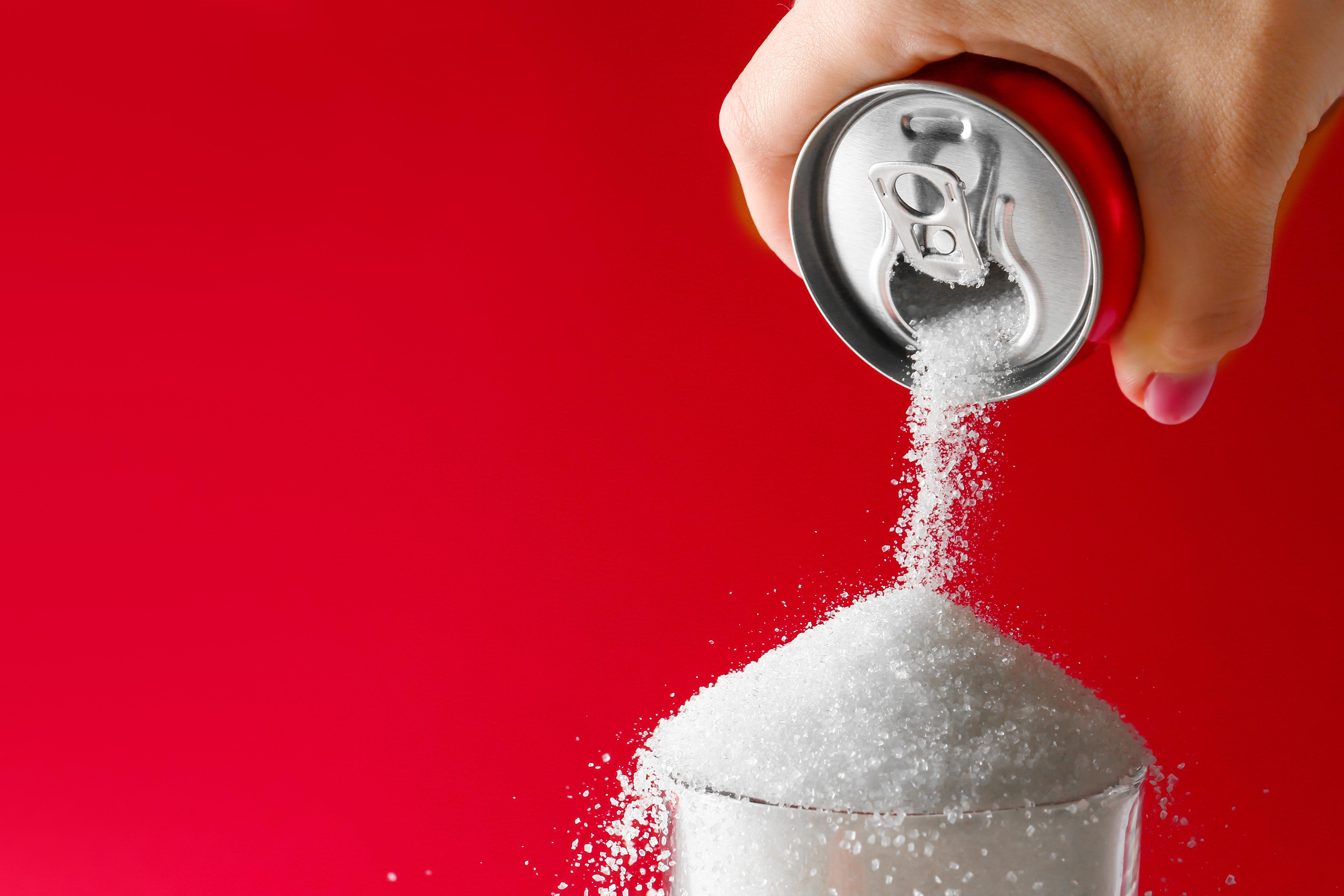New tech reduces salt without compromising taste

- Current food processing technology reduces flavor intensity and requires much additional salt.
- New tech from Washington State University promises to reduce sodium content without affecting flavor.
- Too much salt consumption can lead to a host of illnesses.
Serving our palates for thousands of years, salt makes a big difference to how we perceive the taste of a food. But consuming too much salt can result in increased blood pressure, added risk of stroke, failure of the heart, kidney disease, stomach cancer, osteoporosis and more health issues. Now new technology promises to drastically reduce the amount of salt in food without sacrificing its tastiness.
Salt, a mineral mainly made up of sodium chloride, is found abundantly in modern processed food, in particular, which accounts for 60-80% of all food consumed by Americans. This kind of food contains high levels of sodium, both for taste and preservation, as the current preservation method (called retort) is known for reducing the intensity of flavors. The new technology, called microwave assisted thermal sterilization (MATS), promises to get the sodium number much lower but not affect the flavor as significantly.
Developed by researchers from Washington State University (WSU), MATS utilizes microwave tech to destroy any pathogens in food. For a comparative taste test, the scientists used the traditional preservation method retort and MATS on mashed potatoes. Tasting panels were held and the University’s e-tongue was also employed to gauge how the tech lowered salt content and affected the fllavor intensity of other ingredients, be it petter or garlic. If pepper intensity stays high, then less salt is needed to make the food tasty.
Food science professor Carolyn Ross, the lead author of the paper, said that they found pepper intensity was the same after MATS as when used on fresh potatoes. But after retort, it was another matter.
“The heating process of retort, which takes longer to get up to temperature and longer to cool off, changes the texture and flavor of food,” explained Ross. “MATS is much faster, so it doesn’t have nearly as big an impact on those areas.”
Why Is Salt So Bad for You, Anyway?
The researchers discovered that using MATS could help reduce salt content in mashed potatoes by up to 50 percent without affecting taste. The tasters were able to tell there was less salt but since the flavor intensity of the other ingredients was actually higher, the salt was not missed. “Basically, if you can enhance the flavors of herbs, the food still seems salty enough to be enjoyed,” said Ross.
The scientists think their MATS technology could be particularly helpful to older adults, who often have to eat prepared meals due to issues of safety and expedience.
The research team also included WSU’s Sasha Barnett, Shyam Sablani, and Juming Tang.
To read their new study, “The potential for microwave technology and the ideal profile method to aid in salt reduction,” check out its publication in the Journal of Food Science.





